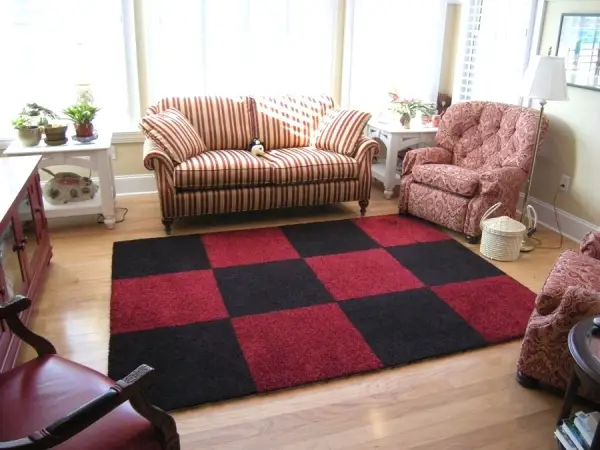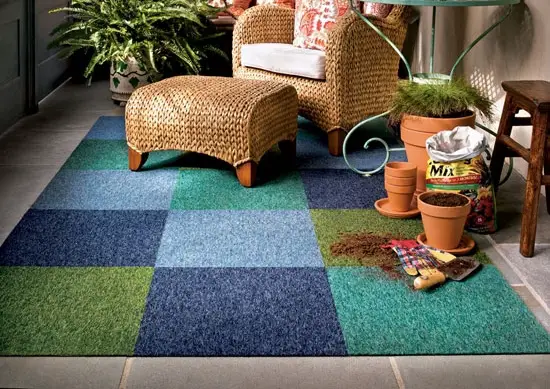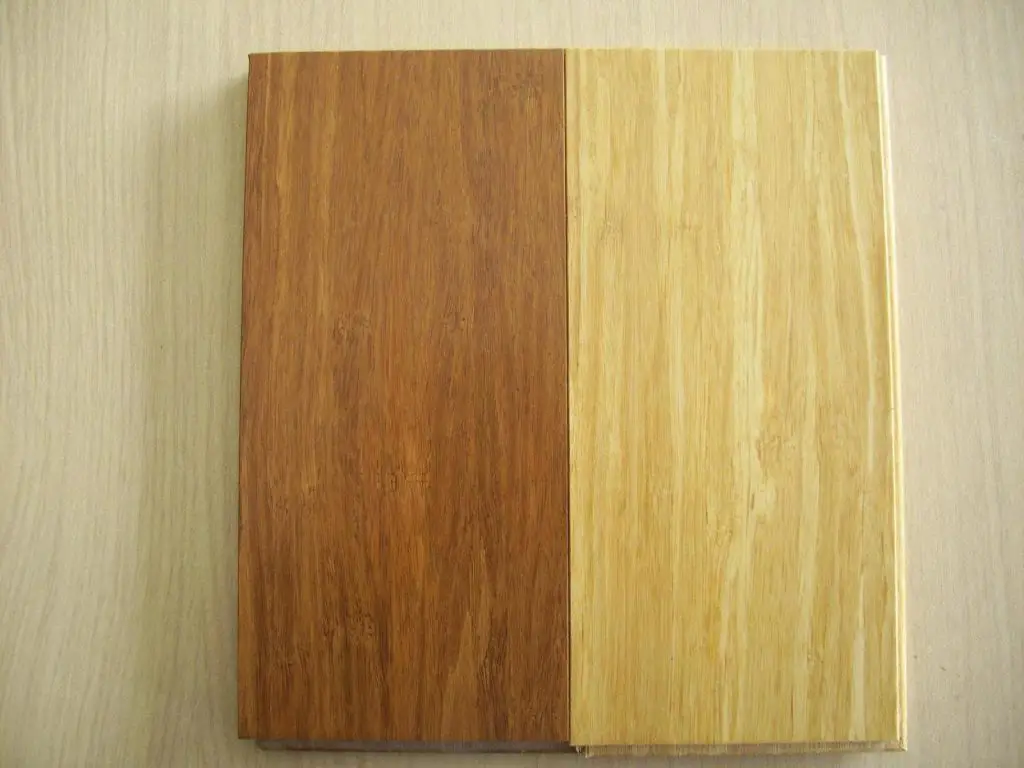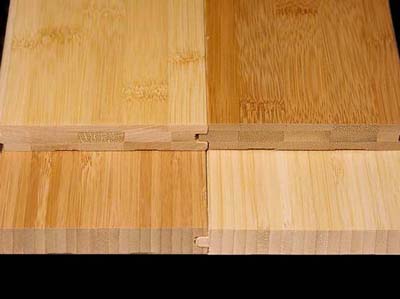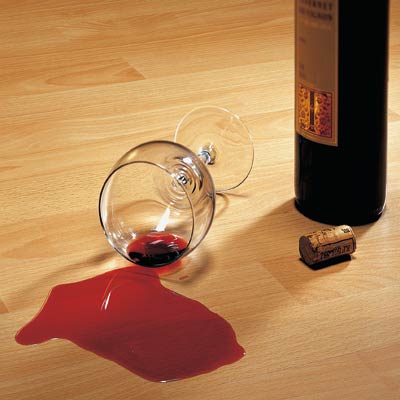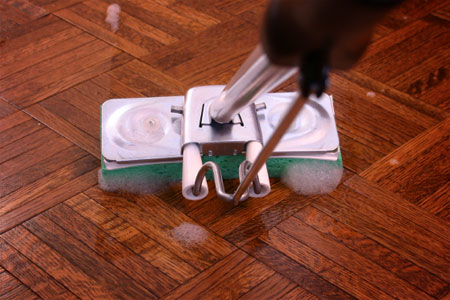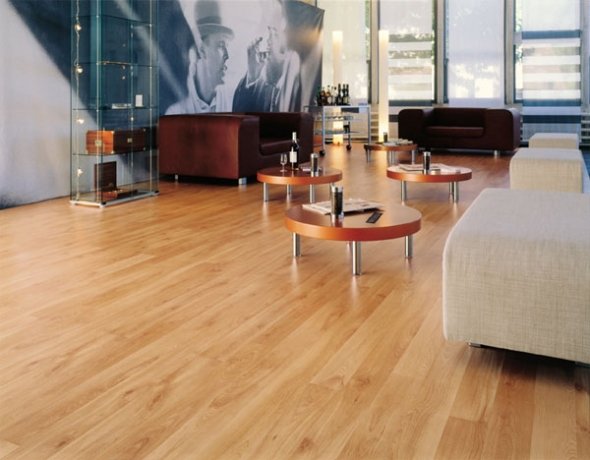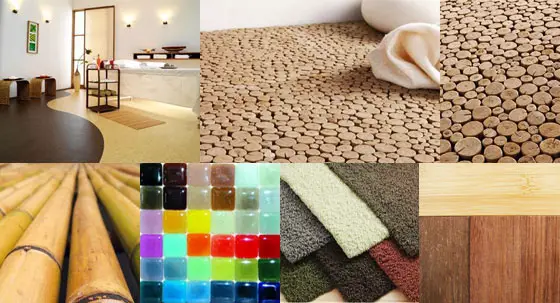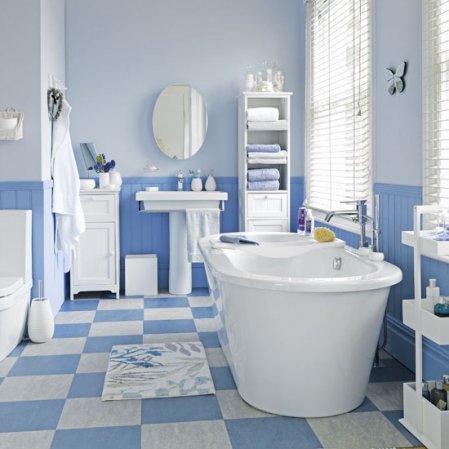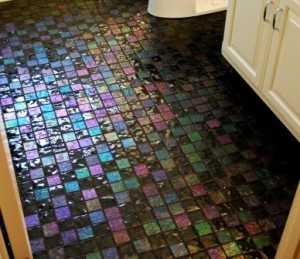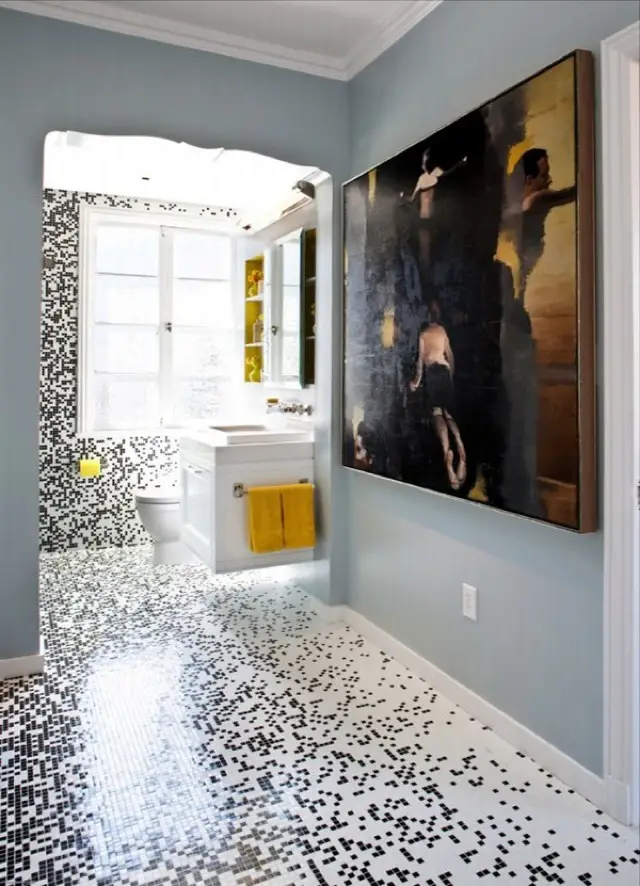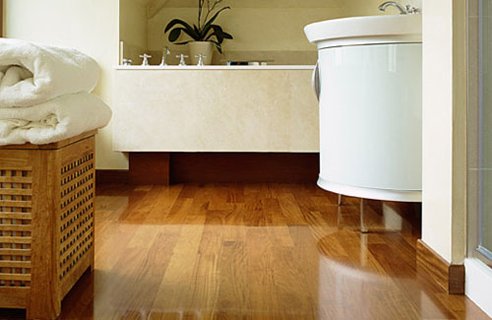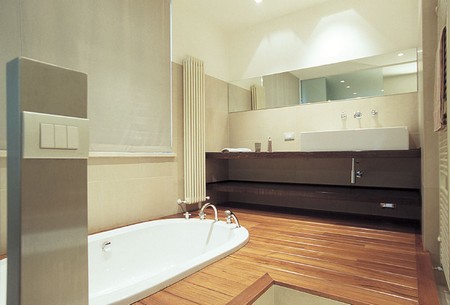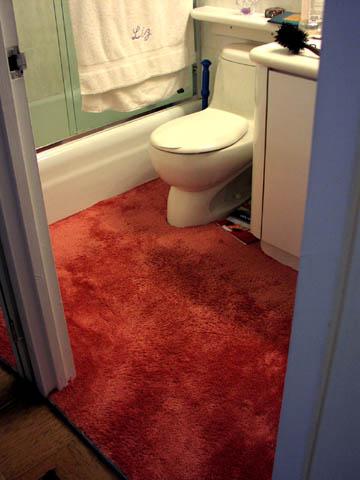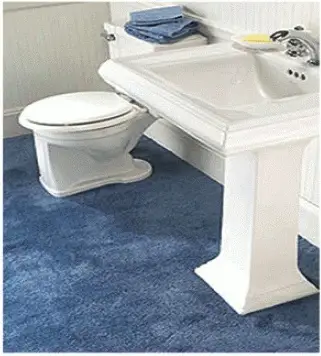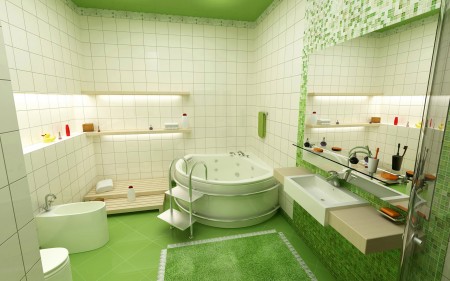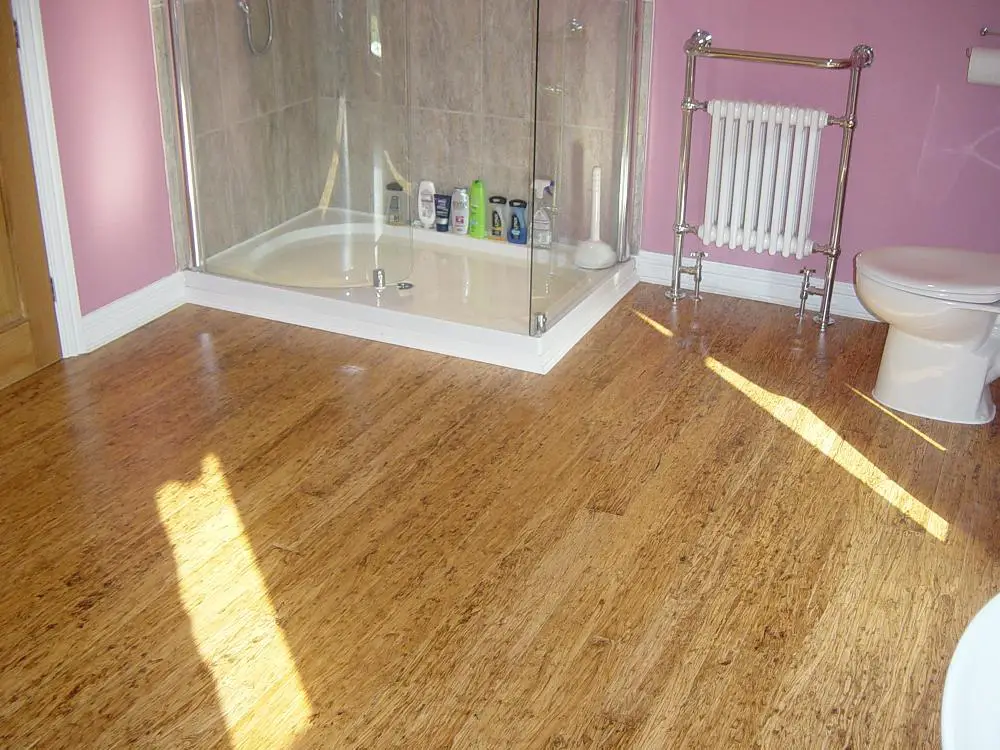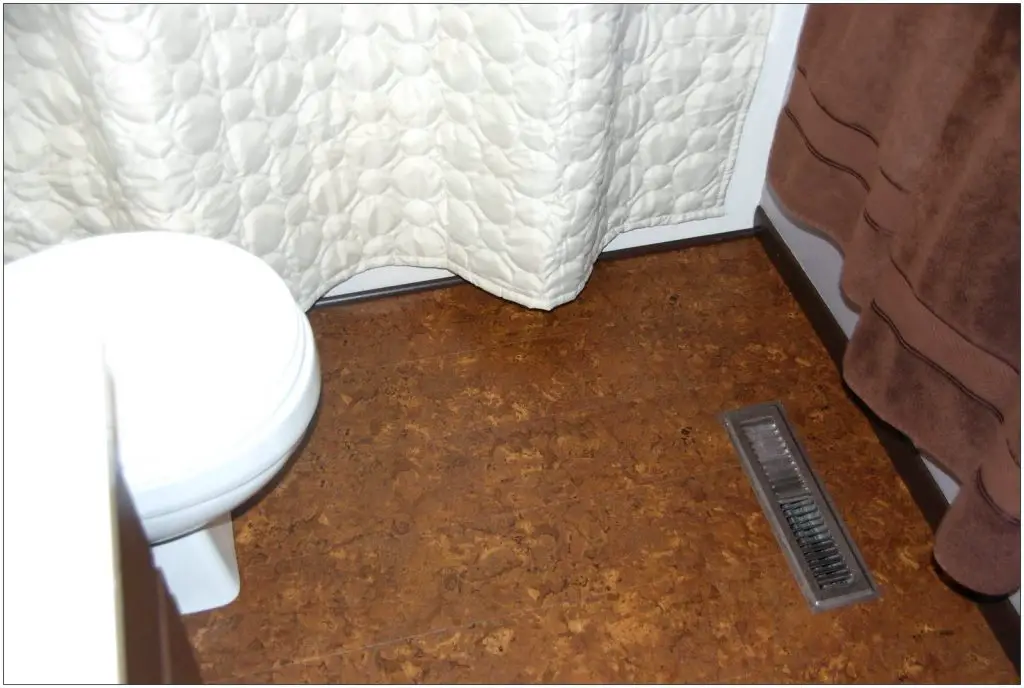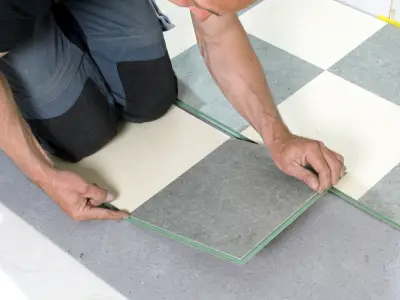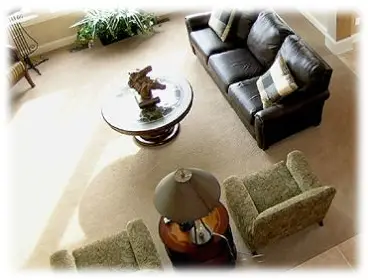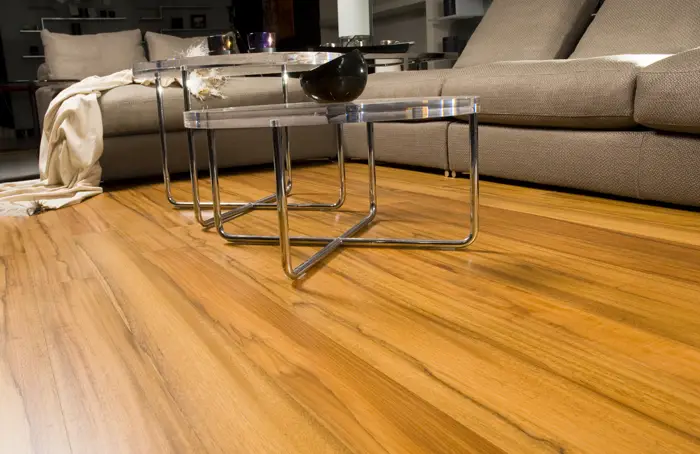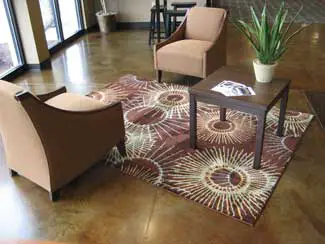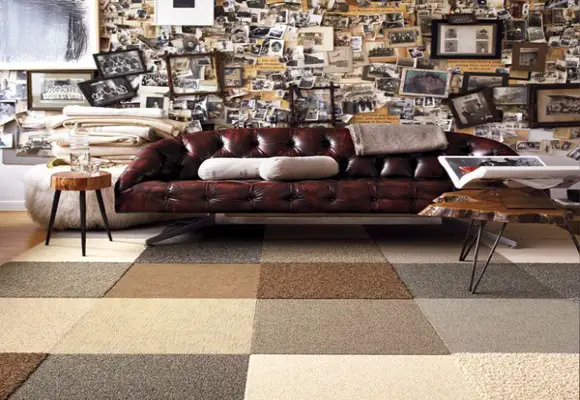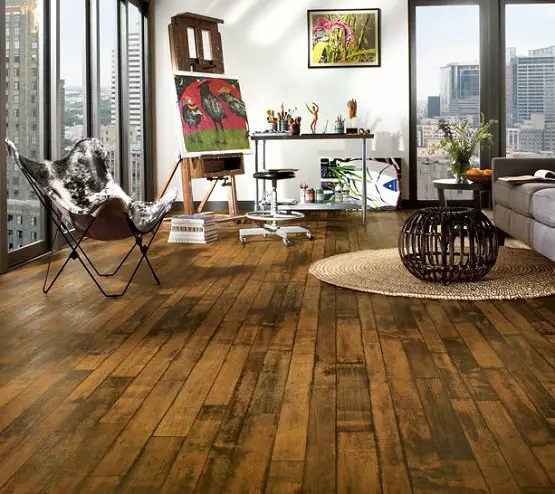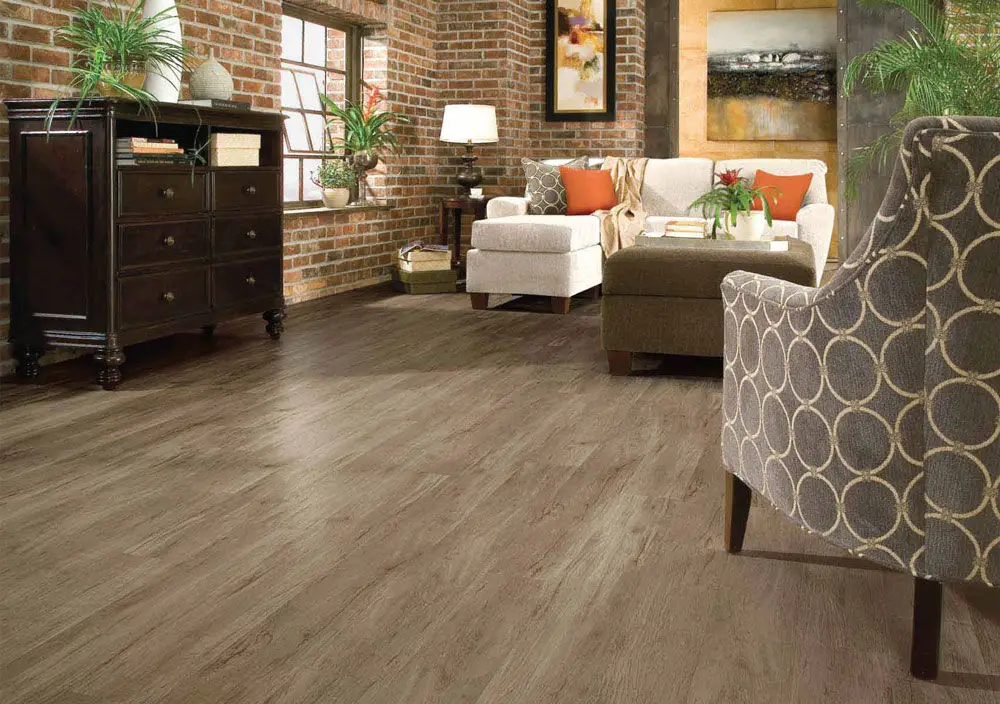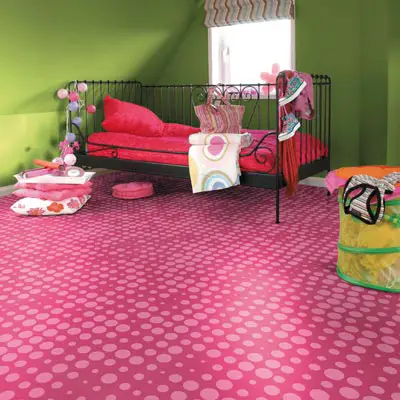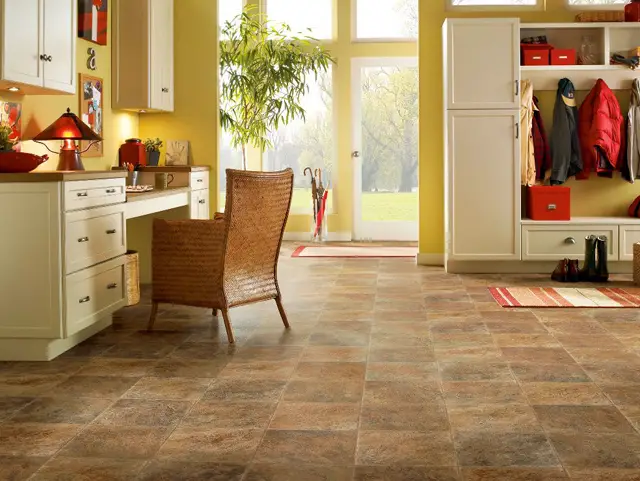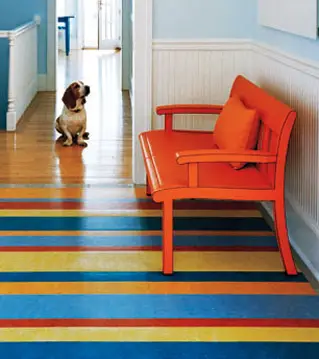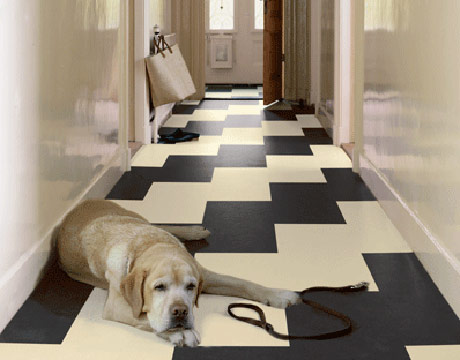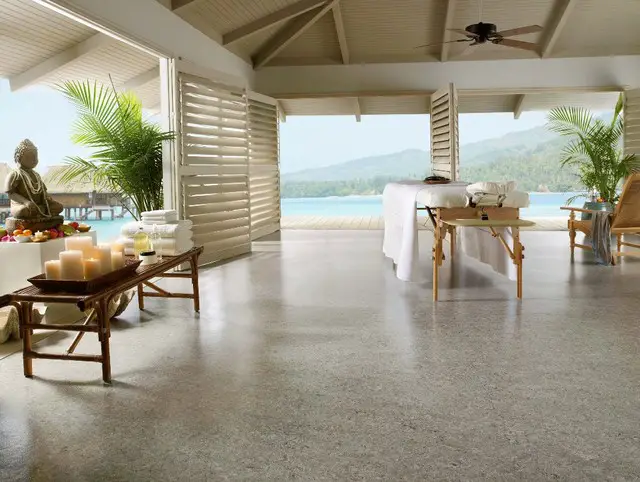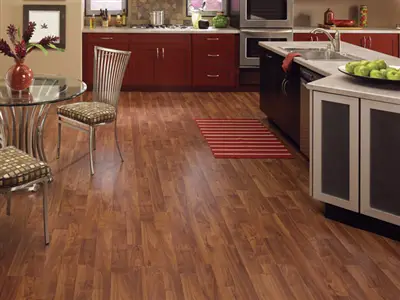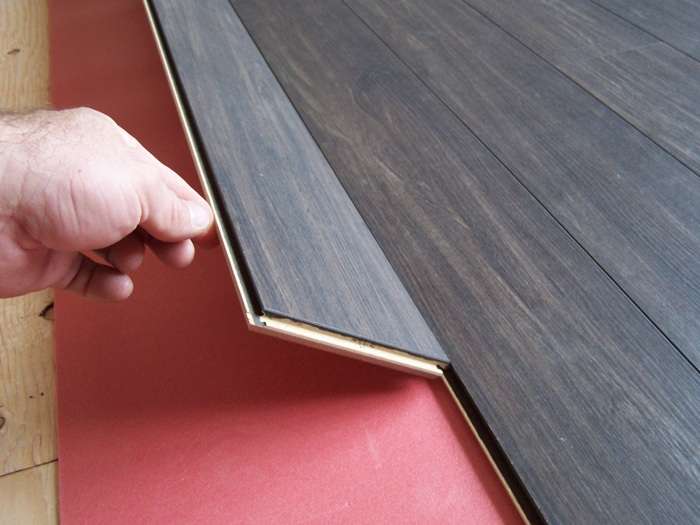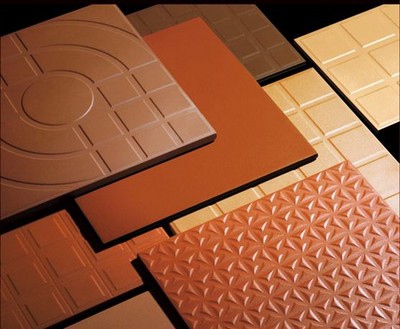
Welcome, this is part 5 of our floor buying series. We’ve gone over hardwood, laminate, and natural stone, today we’ll look into another popular flooring product and share with you a thing or 2 that you must know before you go shopping.
Ceramic and porcelain have been interchangeably used in referring to one or the other, today we aim to share some important information about these popular flooring products. Ceramic is composed mostly of clay and is mixed with various minerals and water which is then baked at very high temperatures. The product is quite porous which is why it is glazed. Glazing makes the end product harder, and non-porous giving it the following characteristics: stain, scratch and fire resistant, better traction, easy to clean and won’t fade even with constant exposure to the sun.

On the other hand, porcelain tile is actually a form of ceramic tile. It is made up of finer clay infused with the following minerals: kaolinitic, feldspar and quartz, pressed dry and fired at higher temperatures than ceramic tiles.
Porcelain tiles are moisture resistant, they are also resistant to daily wear and tear, deep abrasion and frost which makes them more suitable to harsh climates. They are available glazed or unglazed and comes in various finishes and textures.
One important thing to understand about tile flooring is the PEI Rating. This is a classification ranging from 0 to 5 that can help shoppers, builders and homeowners pick the correct tile based on their needs. This applies to both ceramic and porcelain tiles, 0 denotes the lightest foot traffic and 5 the heaviest.
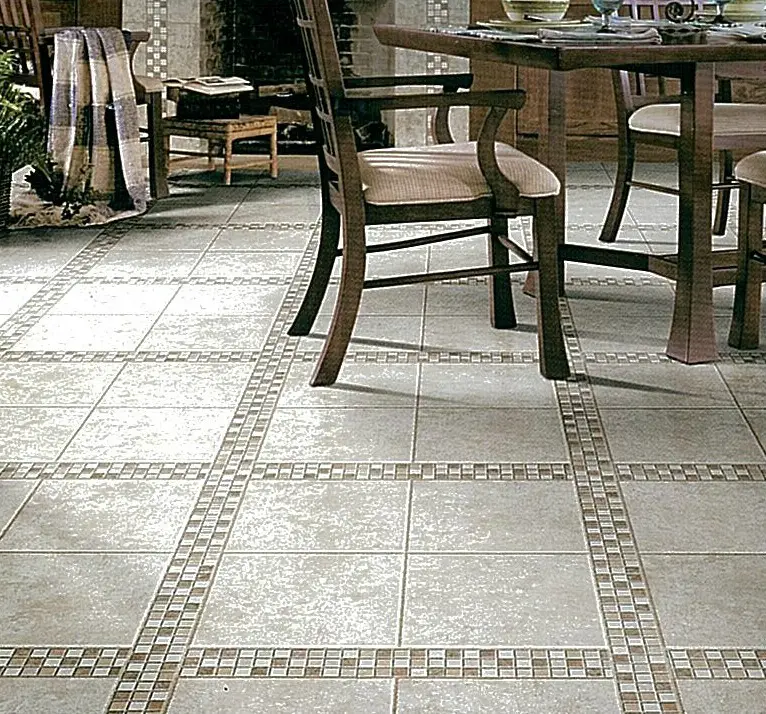
The PEI rating scale can be described as follows:
- Class 0 – No foot traffic; this types are wall tiles and should not be used for flooring;
- Class 1 – designed for very light traffic to be used in bedrooms, suites and spas;
- Class 2 – meant for light traffic, generally recommended for second level installation;
- Class 3 – for light to moderate traffic, suitable for all areas except for those where heavy abrasive traffic can be expected: entryways and kitchens;
- Class 4 – means moderate to heavy traffic, ideal for areas with abrasion possibility and heavy traffic – balcony, living rooms, kitchens and entries; and
- Class 5 – heavy traffic suggested for heavy residential and commercial/industrial installations.
Looking at designs and aesthetics including accessories, there are both a lot to choose from between ceramic and porcelain tiles, there’s also not that much difference in terms of cost and prices, the key is knowing your flooring needs and finding if ceramic or porcelain tiles best meet these needs.


